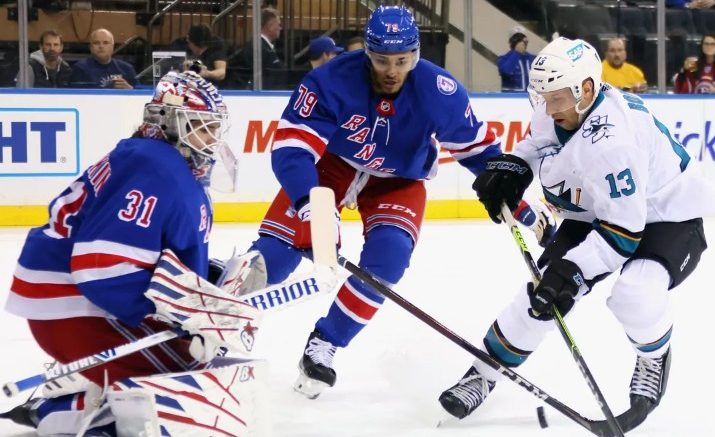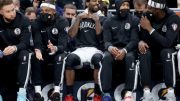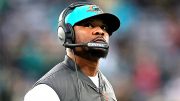Isn’t it true that looking at the rankings is the best approach to figure out who the best teams are in any sport? They’ll be near the top of the league if they’ve been performing well. «You are what your record says you are,» Bill Parcells stated.
The Panthers, Lightning, Golden Knights, Hurricanes, Predators, and Avalanche are all well-known NHL franchises. The New York Rangers are another option.
Don’t be fooled by names like Adam Fox and Chris Kreider, as well as Artemi Panarin, a previous Calder Trophy winner and Hart Trophy finalist. They’re all excellent players, but none of them can mask the Rangers’ true intentions.
The Rangers should be one of the scariest teams in the NHL with a 24-10-4 record, but their stats say they’re just a wolf in sheep’s clothing.
When playing 5-on-5, the Rangers have allowed more goals (66) than they have scored this season (65) despite having a record 10 games above.500. The Rangers are the only team in the league with a negative projected goal differential despite having a plus-15 or greater total goal difference (-.08).
The Rangers are one of the poorest teams in the league in terms of Corsi Goals For/Against. The Rangers should theoretically be in the same ballpark as teams like the San Jose Sharks, New Jersey Devils, and Anaheim Ducks, according to MoneyPuck’s projected goals versus allowed graph. These are all good teams, but they are nowhere near the Rangers in the standings.
Despite being second in the Pacific Division, the Ducks have only collected 56.25 percent of their attainable points. The Sharks have a 53.95 percent chance of winning. The Devils have a 44.59 percent chance of winning. The Rangers, on the other hand, have accumulated 68.42 percent of their total available points despite similar advanced measures.
So, what distinguishes them? Is what they’ve accomplished tenable over the course of a season?
The first question is straightforward. On special teams, the team has been outstanding. There are obvious stats like power play percentage (Rangers rank ninth with 22.7 percent) and penalty kill percentage (third with 85.5 percent), but there’s more. With the man advantage, the Rangers have been exceptional at creating second-chance opportunities. The Rangers are in the top eight in rebound shots for and expected rebound shots for all, but they are outside the top ten in rebounds shots for above expected when they have the man advantage.
Given the fact that they’ve been unlucky in creating those second-chance situations, that’s really difficult to do. While the Los Angeles Kings and Winnipeg Jets rank higher than the Rangers in the first two categories, they also rank far higher in the third, indicating that the number of scoring chances generated by rebounds is far less sustainable than what the Rangers are doing on offence.
The Rangers’ defensive analytics, on the other hand, paint a different narrative. While the Rangers are third in the NHL in penalty kill percentage, they are 22nd in expected goals against and 23rd in projected goal differential when playing four-on-five. Igor Shesterkin, the Rangers’ goaltender, has bailed them out time and time again.
Shesterkin, who is only in his third season in the NHL, has already established himself as one of the best goaltenders in the league. He presently leads the NHL in both save percentage and goals-against average, despite playing for a team that doesn’t give him much room to work with.
The Rangers have allowed the second-most unblocked shot attempts in the NHL (1702) in all situations, trailing only the Anaheim Ducks (1804). While this is excellent for Shesterkin’s vision when attempting to stop the puck, it also indicates that the Rangers will be forced to spend a lot of time in their defensive zone as pucks continue to find their way to the net and are pushed deep into the Rangers’ defensive zone. This, combined with the Rangers’ current ranking as one of the poorest faceoff teams in the league (47.81 win %), makes for one of the league’s most unsettled division leaders.
The Rangers aren’t a horrible team by any means. They’ve simply depended on the strength of their third-year goaltender (who, by the way, should’ve been an All-Star) and the power play. While this method has proven to be effective thus far in the 2022 season, it has proven to be an inconsistent strategy for long-term success.
The Rangers should be a playoff team on the cusp. Instead, they’ve been among the league’s best. It’s just a matter of time before they’re sent back to earth, according to the data, but hey, they’ve come this far and haven’t looked back.






Be the first to comment on "The Rangers are a puzzle that even analytics can’t solve"